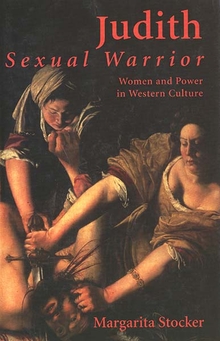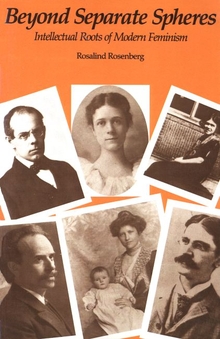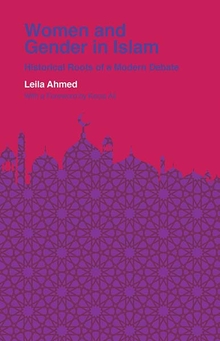Judith: Sexual Warrior
WARNING
You are viewing an older version of the Yalebooks website. Please visit out new website with more updated information and a better user experience: https://www.yalebooks.com
Women and Power in Western Culture
Margarita Stocker
The book investigates the periodic resurgence of the Judith legend and how the myth and history become confused. An ambiguous figure, Judith has served symbolic purposes for such diverse groups as Protestant partisans during the Wars of Religion and their Catholic counterparts, aristocratic women supporters of the Protestant Reformation, opponents of the French Revolution, Nazi myth- makers, filmmakers obsessed with gun-toting girls, freedom fighters, partisans in the former Yugoslavia, and many others. Judith’s various guises illuminate central issues of Western consciousness—sex, death, violence, politics, beliefs, identity, psychology, and perversion. In exploring the theme of Judith, an alternative history of Western attitudes emerges. Judith is not so much a killer as a liberating figure challenging our thinking about women and power and showing ways to break free from unconscious attitudes that imprison us.
"Stocker does a fascinating job of surveying the ways the biblical story of Judith has been appropriated in different times and places as a symbol of quite different values. . . . The book is written in accessible language, yet the scholarship is immense and wide-ranging. I recommend this book for academic libraries and scholars supporting women's, art history and perhaps theology, sociology and history research."—Bimonthly Review of Law Books
"[Stocker] examines the ways Judith has been understood in the wider Western culture: in art, in poems, in novels, in political treatises and even less exalted cultural forms, such as 16th-century German pottery, Flemish glass, English jewelry and movies. . . . Stocker’s ability to range so widely through time and various media, to tease out nuances as she explores the ever-changing imagery of Judith, makes this book an intellectual tour de force."—Susan Ackerman, Bible Review
"An infinitely engaging though complex picture of the different ways in which Judith’s story, deeds, and character have been interpreted throughout the ages. . . . Like the vast amount of information that Stocker provides, the knowledge that she demonstrates is impressive and admirable."—Yael Even, Sixteenth Century Journal
"Readers interested in gender and violence should find that this historical analysis of the Judith myth provides a literate and insightful account of the femme fatale in Western culture."—Brannon Wheeler, Religious Studies Review
"The book is well written, carefully researched, and cogently argues. . . . Stocker is to be congratulated for her in-depth study of the image of Judith in Western art history and cinema."—Diane Apostolos-Cappadona, Theological Studies
"This book is a classic and should appear on the shelves of all libraries where courses on Biblical Interpretation take place. It is indispensable for both scholar and student."—Martin O’Kane, Scripture Bulletin
"The book is at its best in tracing the continual transformations of the myth in various times and places. . . . [T]he book diligently traces the myth’s history to the present and introduces a wide range of manifestations, from the Bible to Rembrandt to Punch and Judy cartoons and Hollywood movies."—Gwen Raaberg, College Literature
Publication Date: November 1, 1998








